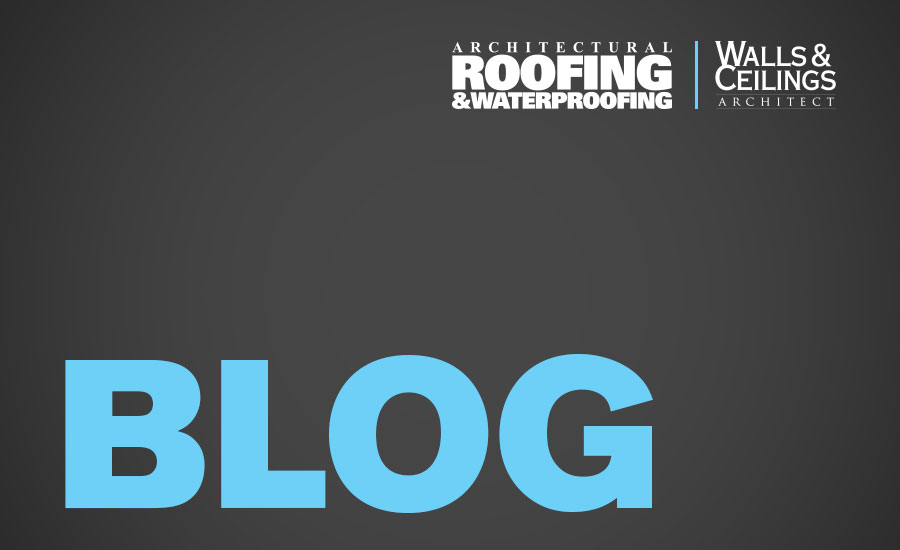The Energy Crisis (as it was labeled) in the United States in the late 1970s initiated the widespread installation of above-deck thermal insulation boards on low-slope roof systems. Prior to that time insulation was used in specific regions of the country and primarily as a substrate for built-up roof applications. Oil shortages drove up heating costs and the industry started to investigate energy savings through the use of thermal insulation.
Polyisocyanurates and polystyrenes were introduced to the commercial low-slope market in the 80s and many federal and state facilities (schools) began requiring that higher R-value insulations be applied on their facilities. There were unwritten rules as to specific R-values, but these were largely voluntary measures and were not actual code requirements.
That has changed. The new Energy Codes — which are becoming part of local and federal building codes — are specific as to the required R-value of the insulation system on low-slope roof systems. This will have an impact on all of the low-slope roof systems that you design, so you should be aware of these requirements and specifically how they are regulated in your area.
Below is the code interpretation of the 2009 International Energy Conservation Code relating to low-slope commercial facilities.
This code establishes the minimum R-value required for insulation above the deck on commercial buildings. The thermal R-value required for insulation applied entirely above the deck is based on climate zones in the chart listed below. The code indicates that the thermal R-value prescribed is for the insulation only and does not include other building materials or air films.
|
TABLE 502.2(1)
BUILDING ENVELOPE REQUIREMENTS – OPAQUE ASSEMBLIES
ROOFS
INSULATION ENTIRELY ABOVE DECK
|
|
| Climate Zone | R-Value |
| 1 | 15 |
| 2 | 20 |
| 3 | 20 |
| 4 | 20 |
| 5 | 20 |
| 6 | 20 |
| 7 | 25 |
| 8 | 25 |


Recent Comments
These are actually very helpful tips. It is...
This is the most beneficial blog for all...
This blog is a great resource for anyone...
Thank you for sharing this important information. I...
This is a very interesting subject of the...